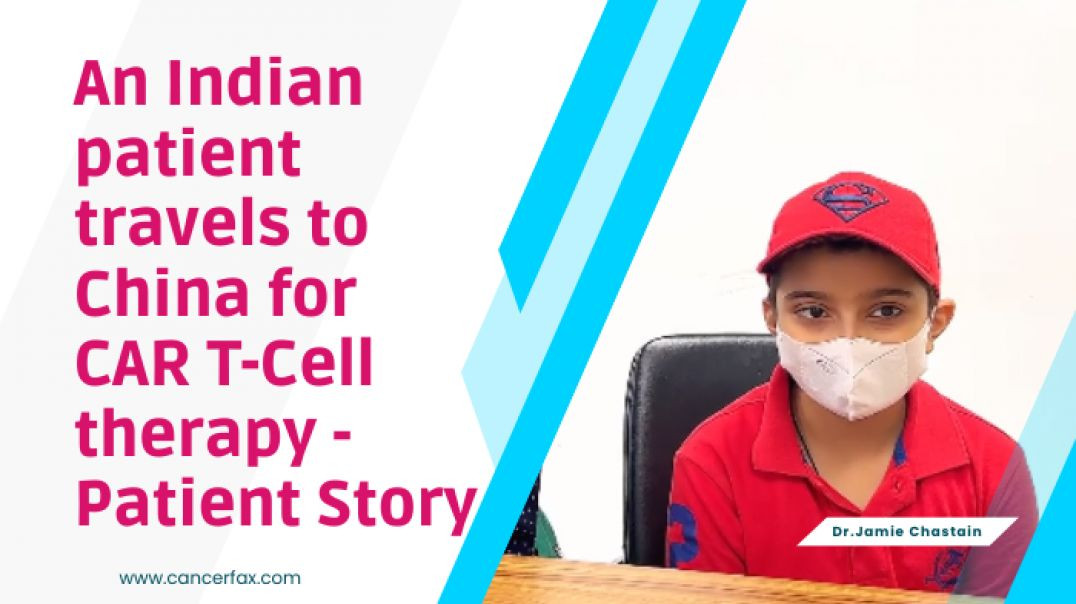Treating Cutaneous T-cell Lymphoma
Auris Huen, MD, PharmD, Assistant Professor, MD Anderson Cancer Center, Department of Dermatology discusses treating Cutaneous T-cell lymphoma (CTCL).
There are many, multimodal treatment options for the various CTCL subtypes. In addition to pharmacologic approaches, several other types of interventions have been used successfully, including radiation therapy, phototherapy, extracorporeal photopheresis, and in some cases, stem-cell transplant. Many of these options are dependent on the stage and extent of the disease and are often categorized as “skin-directed” and systemic agents
Patients with mycosis fungoides are often treated with skin-directed therapies, especially in the early stages of disease. In contrast, patients with later-stage disease, disease that does not respond well to skin-directed treatments, or Sézary syndrome generally require systemic treatments. Topical therapies do not have a significant impact on disease progression for advanced stages of either form of CTCL, although skin-directed treatment can play an important role in alleviating such symptoms as pain and pruritus, and most patients will require the intermittent use of topical steroids.
In early-stage CTCL, patients most often visit dermatologists for the diagnosis of their skin lesions, and typically manage it using skin-directed treatment. However, as CTCL progresses, oncologists play an important, collaborative role. The oncology team will commonly manage CTCL with systemic, targeted treatments, radiation approaches, sometimes chemotherapy for patients with Sézary syndrome, advanced disease, refractory CTCL, and other aggressive forms. Clinical trials may also be considered.
Some of the more recent directions in treatment have focused on targeted systemic therapies or targeted monoclonal antibody treatment (e.g., CCR4 or CD30). For example, brentuximab vedotin was recently approved for CD30-positive mycosis fungoides. Mogamulizumab, in contrast, targets specific receptors on the malignant cells (i.e., CCR4). It has been shown to improve progression-free survival, overall response rate, and duration of response in patients with mycosis fungoides and Sézary syndrome.






















SORT BY-
I migliori commenti
-
Ultimi commenti